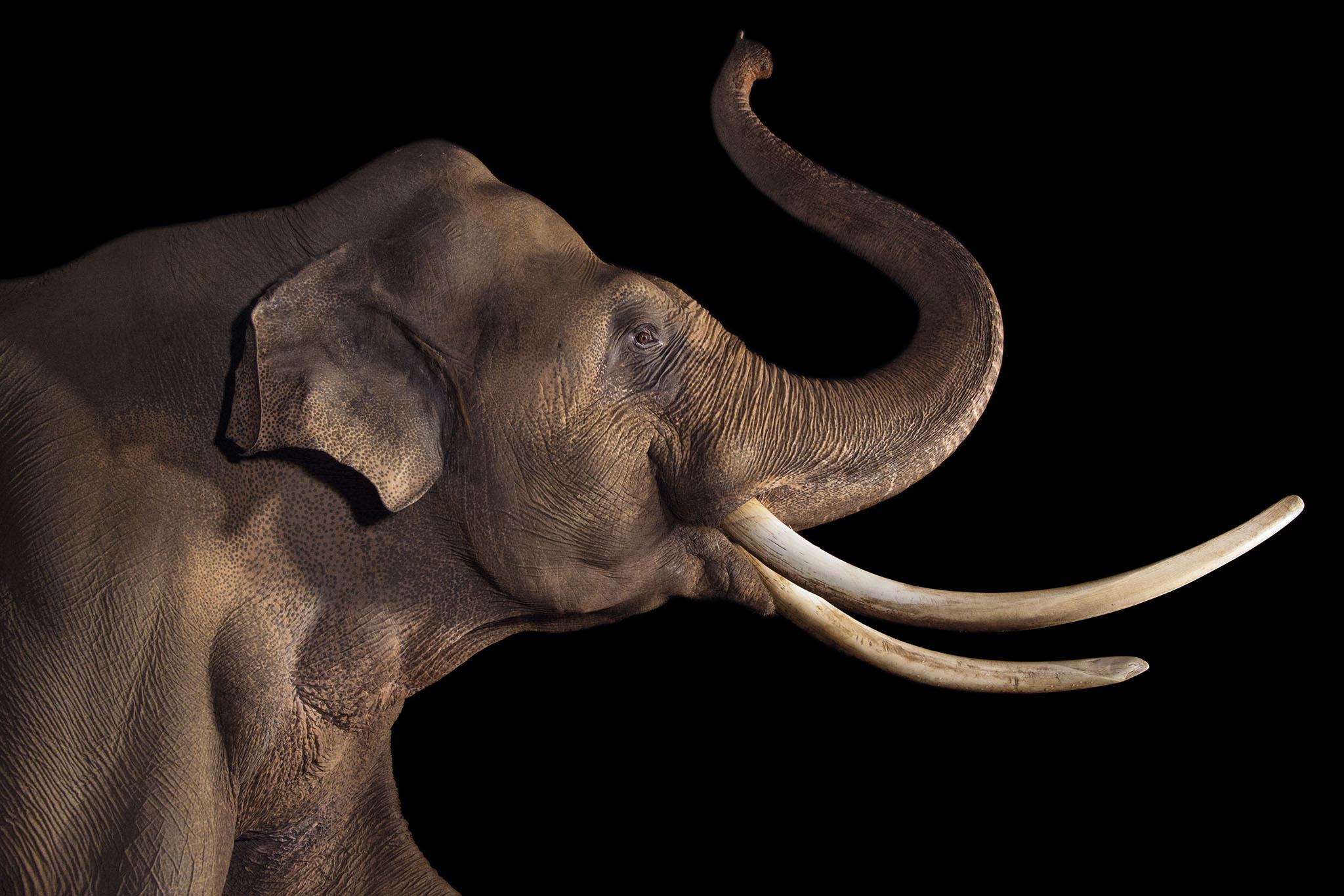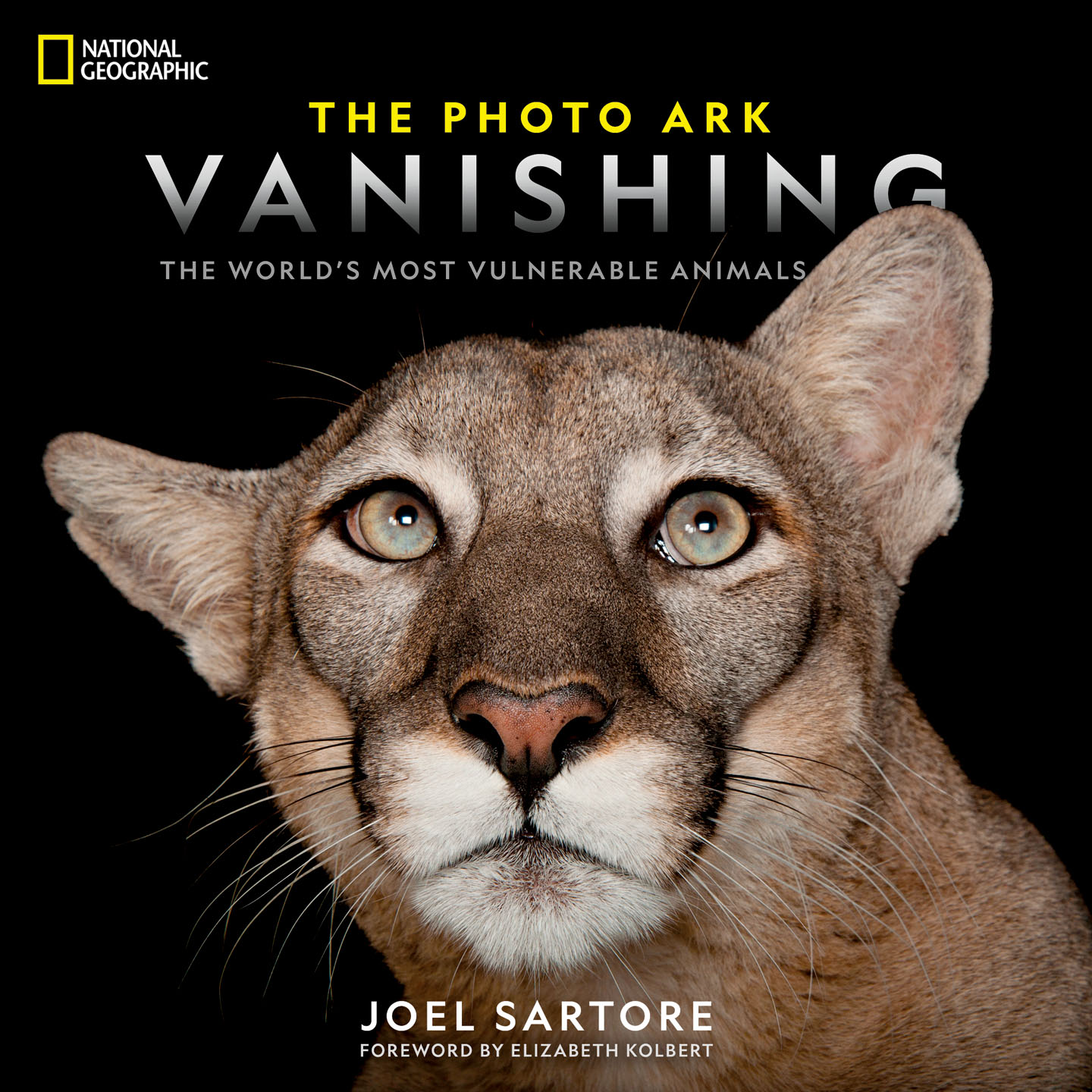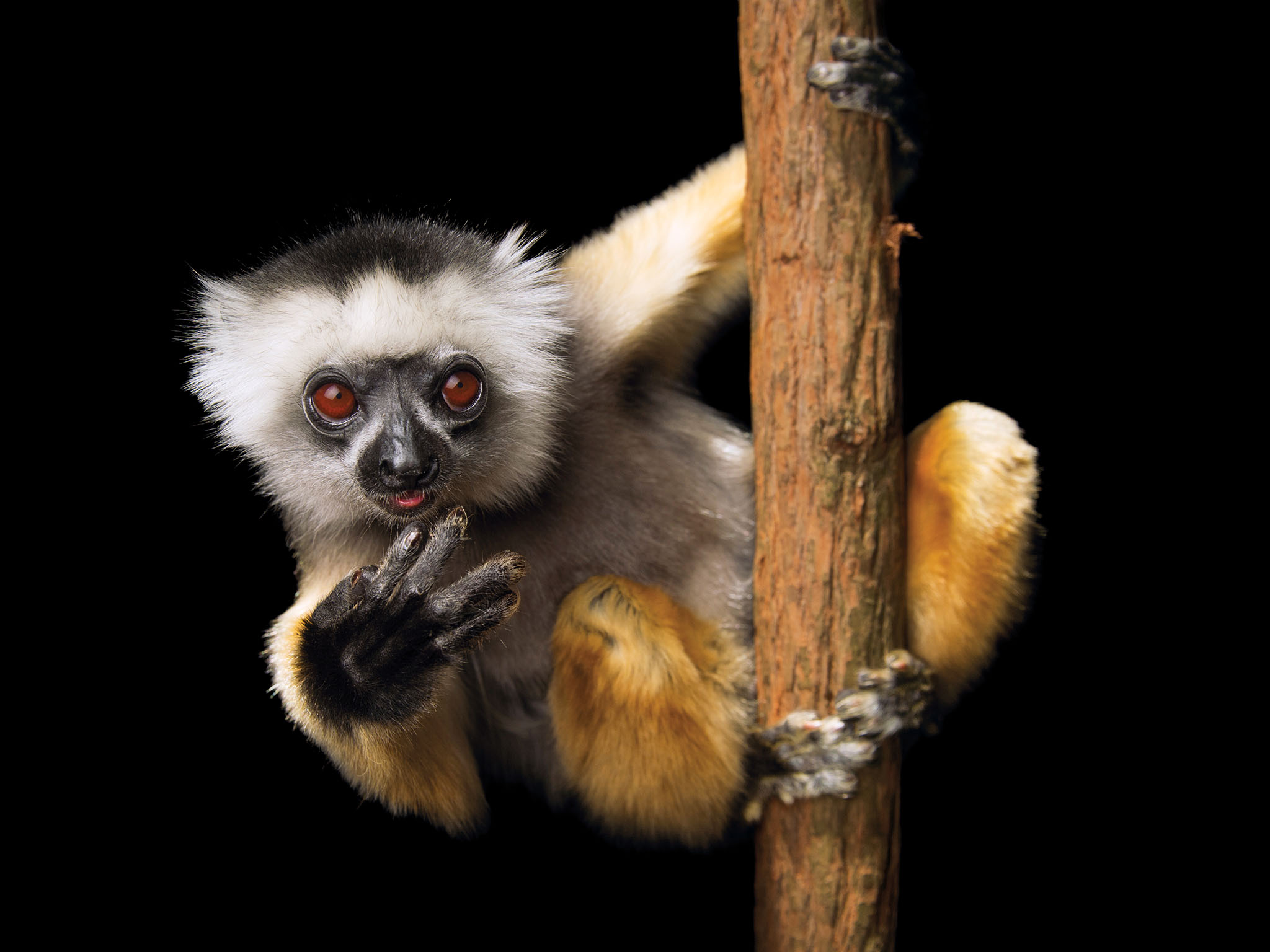 Asian elephant, Elephas maximus (endangered)
Asian elephant, Elephas maximus (endangered)
Early in the 20th century, perhaps 100,000 elephants roamed across Asia. Since then, their population likely has been cut in half. They’re killed not just for their ivory tusks but also for their meat and hides—and sometimes in retaliation for the damage they do to crops.
Los Angeles Zoo
National Geographic has officially launched a campaign to save the world’s most vulnerable animals on the brink of extinction.
The October issue of National Geographic magazine takes a look around the globe at the world’s most rare species that are going extinct, featuring an up-close and personal look documented by National Geographic photographer Joel Sartore.
In conjunction with the October issue of the magazine, National Geographic Books recently released it’s third book in the the Photo Ark series, "Vanishing," by Joel Sartore. Over the part 13 years, Sartore has photographed nearly 10,000 species around the world to inspire action through education and help save wildlife.
The most vulnerable animals are the ones that nobody will ever know existed If they could see how beautiful they are, people would want to help. My goal is simple: to get the public to care and save species from extinction.
Joel Sartore,

As part of the campaign, National Geographic released the results of a National Geographic Society-Ipsos survey that found that while people across the globe generally support conservation and saving wildlife, they are limited in understanding topics like extinction, in part due to lack of education.
Furthermore, National Geographic Partners worked with the National Geographc Society to create a call to action for consumers to rally around. National Geographic is asking people to join the fight to help save vulnerable species and their habitats by taking the National Geographic #SaveTogetherPledge.
 Diademed sifaka, Propithecus diadema (critically endangered)
Diademed sifaka, Propithecus diadema (critically endangered)
Females may only be fertile one day a year, limiting this lemur’s ability to rebuild fragmented populations.
Lemur Island, Madagascar
For every pledge received, National Geographic will commit to fund more exploration, research, and conservation.
This strong campaign between both of the branches of National Geographic— Society and Partners— demonstrates the power of National Geographic’s storytelling platforms to create a campaign that gives readers the opportunity to make a difference.
Through this campaign and by dedicating the entire October magazine issue to the topic, National Geographic hopes to highlight the endangered species at risk from our impact, while giving readers actionable insights to help make a difference.
At National Geographic we believe the way to get people to care about the earth around them is to help them understand their role within it. These single-topic issues serve as a deep dive on pertinent issues and offer audiences all around the world perspective on the issues through our editorial and photography prowess. Educating our readers on how climate change and extinction are critical environmental issues brings public awareness on topics that are rarely discussed at length and they will affect the larger ecosystem we live within.”
Susan Goldberg, editor-in-chief of National Geographic Magazine